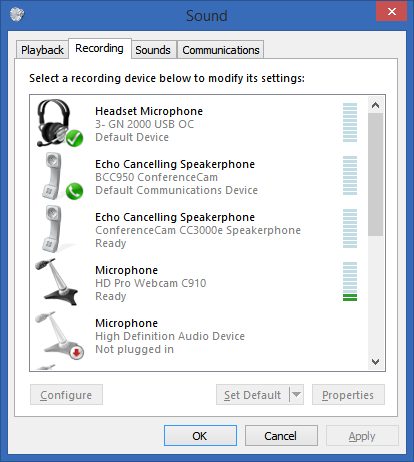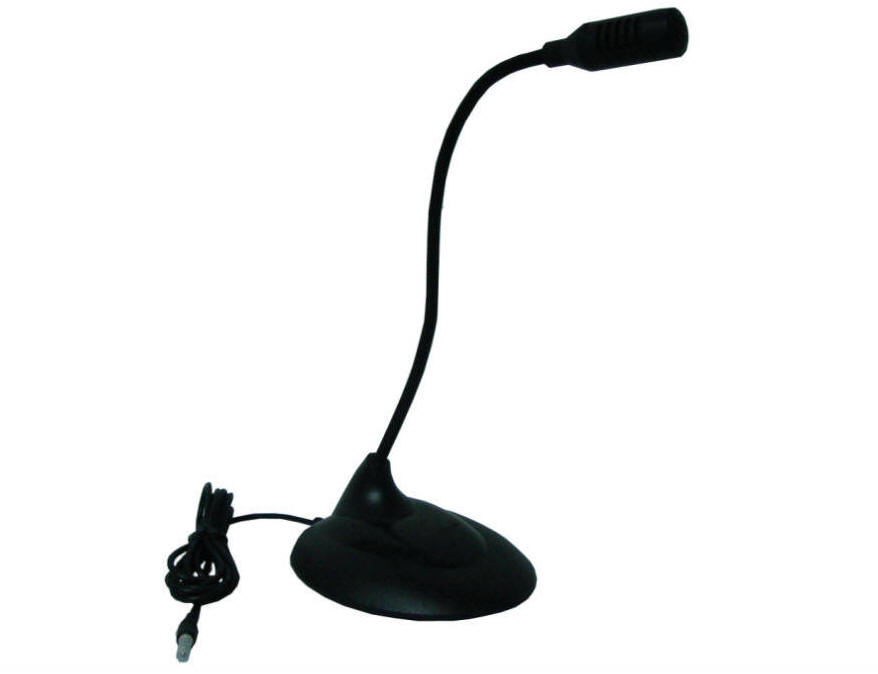


When connecting audio gear to a camcorder, note that there are two input levels as shown in Figure 3, Line and Mic. Many, but not all, 3.5 mm plugs on camcorders and computers supply plug-in power for example, the plug on my Sony a6300 does while the plug on my old Canon Vixia does not. Note that condenser microphones with 3.5 mm connectors require what’s called plug-in power, which is about 2.5 – 5 volts. Audio controls for supplying Phantom power. In these cases, you would turn Phantom power off. On the other hand, if you’re working with a battery-powered microphone like many on-camera mics, you don’t need to supply external power that’s what the battery does. Figure 2 shows the audio controls from my Panasonic camcorder on the right are the selector switches that supply 48V Phantom power to an unpowered microphone.
Qtox not taking microphone imput mic professional#
Specifically, if you’re working with an unpowered XLR microphone, you’ll need to supply 48-volt Phantom power, which most professional camcorders can provide. So, if you’re connecting a lavaliere microphone directly to your camcorder, chances are that you’ll need to power it. Note that condenser microphones need electric power to operate. Condenser microphones are generally more sensitive and can be produced in a much smaller package so are used in most lavaliere microphones. There are two types of microphones, condenser and dynamic. Most Lavaliere Mics are Condenser Microphones that Need Power
Qtox not taking microphone imput mic how to#
You’ll learn how to do that during the first tutorial.

However, for most talking head audio, stereo doesn’t really matter so you can input a mono signal so long as you route it to both channels in your camera. If you need true stereo, you’ll need two XLR connectors, one from each source. Note that all XLR connectors are mono, while the two black lines in the 3.5 mm connector transmit the left and right signals.

While there are some high-quality mics with 3.5 mm connectors, I think it’s best to work with XLR equipment and, if your camcorder has 3.5mm plugs, use an adapter or device like the Comica audio mixer discussed later in the article to input the XLR audio and output a 3.5mm connector. Most professional microphones use XLR connectors which is why most professional camcorders have XLR plugs, while consumer camcorders and DSLRs have 3.5mm plugs. Most microphone connectors are either XLR connectors, on the left in Figure 1, or 3.5mm connectors (also called 1/8” connectors) on the right.


 0 kommentar(er)
0 kommentar(er)
